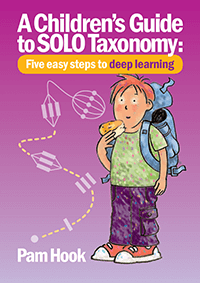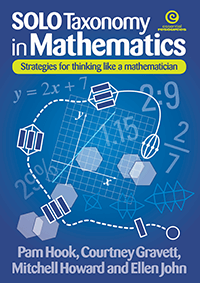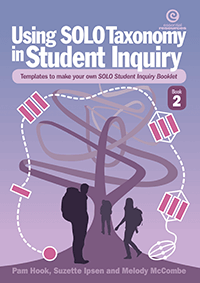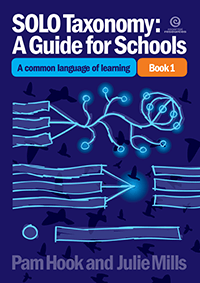Contents |
| Foreword | 3 |
| Acknowledgements | 4 |
| Introduction | 6 |
| SOLO Taxonomy in action | 6 |
| Surface and deep learning | 8 |
| Passive and active learning | 8 |
| Using SOLO Taxonomy to construct a learning log | 9 |
| 1. Getting started | 10 |
| Exemplar : Constructing a unit of work at the primary school level | 11 |
| Exemplar : Constructing a unit of work at the secondary school level | 14 |
| A practical guide to constructing a unit of work | 17 |
| 2. Putting it all together | 18 |
| Success criteria from a student's perspective | 18 |
| Sequencing groups and developing learning intentions and success criteria | 18 |
| Learning log exemplars | 20 |
| 3. The pedagogy behind the learning log | 24 |
| Providing clarity in teaching and learning | 24 |
| Accessibility to all students | 24 |
| Providing challenging learning intentions for all students | 25 |
| Encouraging intrinsic motivation | 26 |
| A cognitive centre | 27 |
| Self managing | 28 |
| Differentiation | 29 |
| Formative interpretations | 30 |
| Learning-focused relationships | 30 |
| 4. The pyramid of a lifelong learner | 32 |
| Overview of the levels of the pyramid | 32 |
| 5. Assessing prior knowledge | 34 |
| Breaking down global intentions under SOLO levels | 34 |
| Using learning intentions from the learning log | 36 |
| 6. Self assessment | 37 |
| Methods of self assessment during a unit | 37 |
| Generalised self assessment at the end of a unit | 38 |
| 7. Peer assessment | 40 |
| Building individual learning intentions into peer assessment | 40 |
| Using extended answers in peer assessment | 41 |
| 8. Tracking and progress | 43 |
| 9. The use of questions | 47 |
| Questions from the teacher | 47 |
| Questions from students | 47 |
| 10. Lesson planning | 50 |
| Elements of a lesson plan | 50 |
| 11. The impact of SOLO Taxonomy and the learning log | 53 |
| Quantitative data | 53 |
| Perceptions from teachers | 53 |
| Perceptions from students | 54 |
| Conclusion | 56 |





